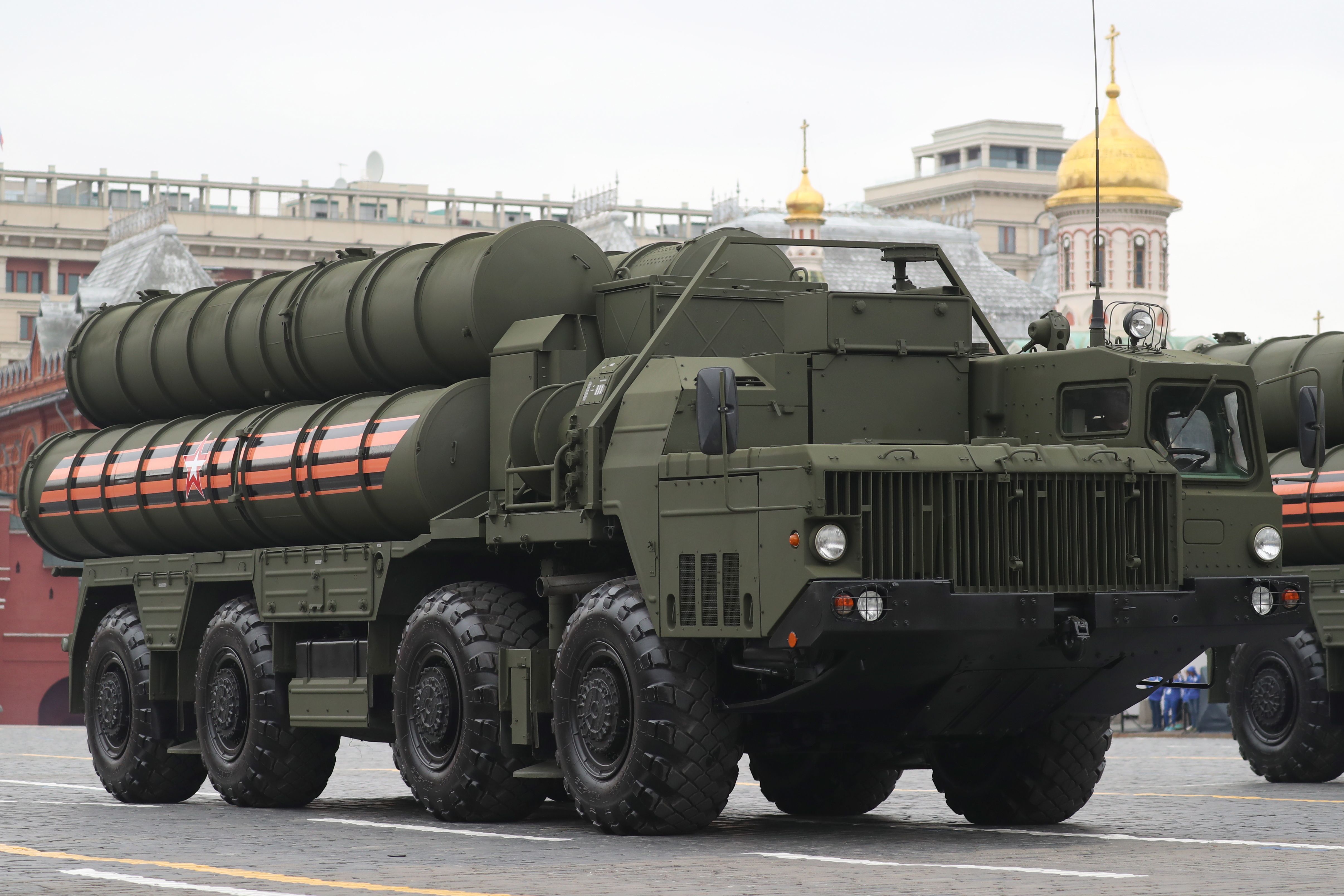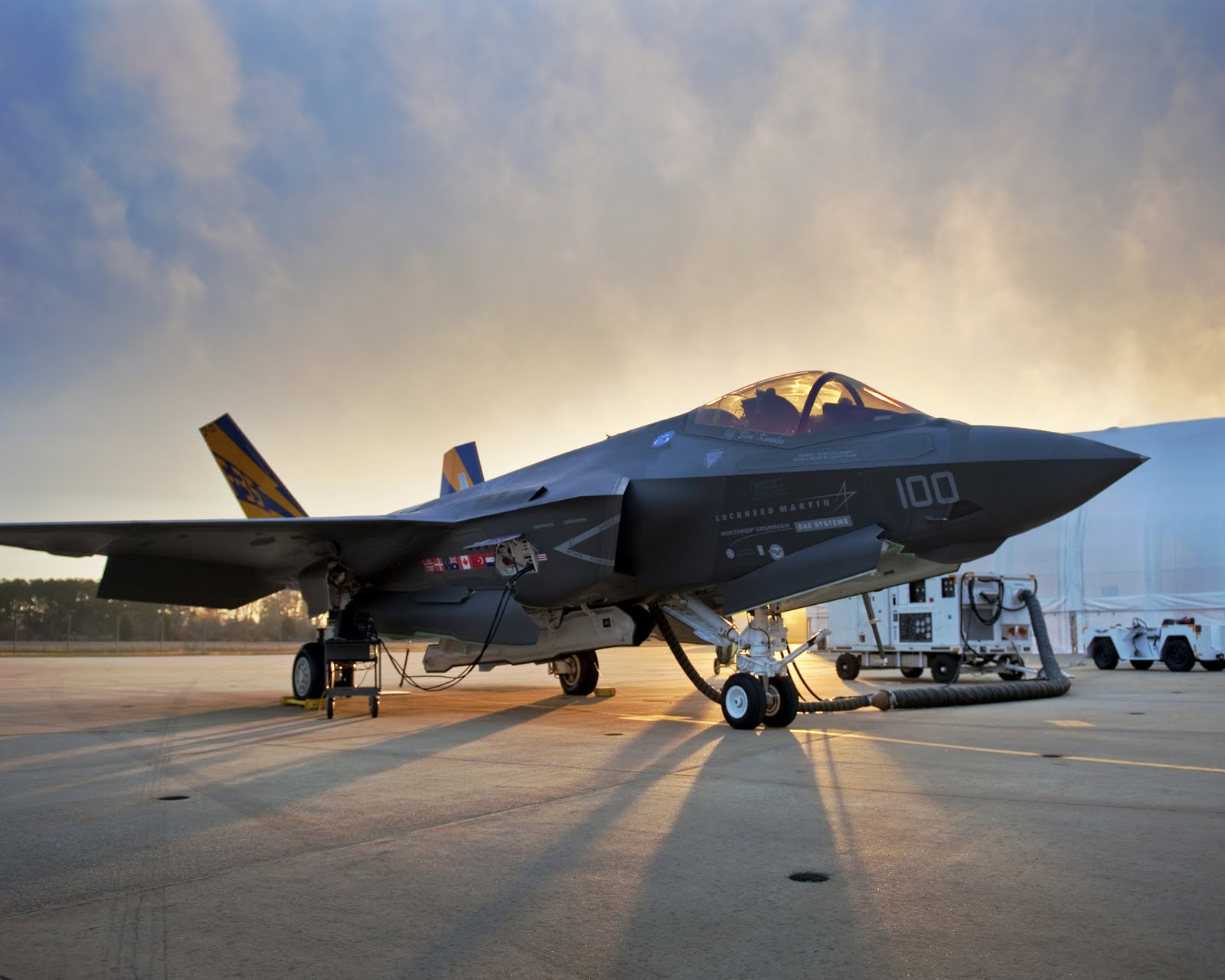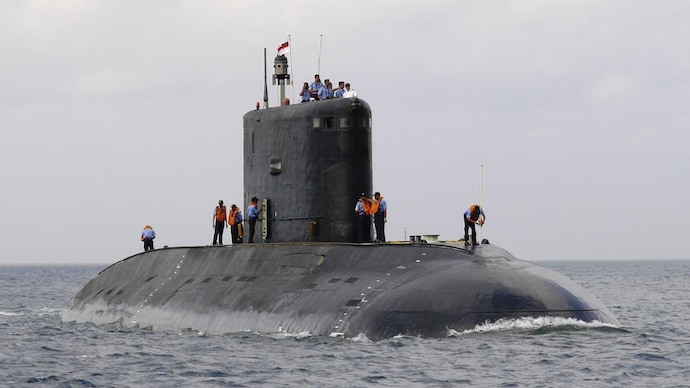Idrw Team
SOURCE: IDRW.ORG


In a significant development concerning the safety of India’s indigenous helicopters, investigators have pinpointed a rare failure in the transmission system as the cause behind the crash of an Indian Coast Guard’s Dhruv Advanced Light Helicopter (ALH) in Porbandar on January 5. This revelation comes from two officials closely associated with the ongoing investigation, speaking on condition of anonymity.
The ALH, designed and manufactured by Hindustan Aeronautics Limited (HAL), was involved in a tragic accident that spotlighted potential vulnerabilities in the helicopter’s transmission system. The crash, which occurred during routine operations, prompted immediate grounding of the entire Dhruv fleet for safety inspections.
Continue readingSOURCE: IDRW.ORG


Bharat Electronics Limited (BEL), one of India’s premier defense electronics companies, has confirmed that it is progressing on schedule with its supply commitments for components destined for the 83 Light Combat Aircraft (LCA) Tejas Mk IA aircraft under contract with Hindustan Aeronautics Limited (HAL). Moreover, BEL expresses optimism regarding securing an additional order for 97 more Tejas aircraft, signaling a robust outlook for the future.
BEL has stated that there are no delays in fulfilling the contract for supplying critical avionics systems, line replaceable units (LRUs), and other electronic components for the LCA Tejas Mk IA. This includes systems like the Digital Flight Control Computers, Air Data Computers, and various sensors crucial for the aircraft’s operation.
Continue readingSOURCE: IDRW.ORG


In a significant boost to its defense capabilities, India is set to receive the fourth squadron of the Russian S-400 Triumf air defense missile systems by the end of 2025, according to an exclusive report by Sputnik India. This development underscores the deepening military cooperation between India and Russia, amidst strategic regional dynamics.
The S-400 Triumf, known by NATO as the SA-21 Growler, is one of the most advanced long-range surface-to-air missile systems globally. Capable of engaging aircraft, drones, ballistic and cruise missiles at ranges up to 400 kilometers, the system significantly enhances India’s aerial defense network.
Continue readingSOURCE: IDRW.ORG


The Indian Navy finds itself at the center of geopolitical and strategic imperatives as pressures mount to finalize the purchase of six additional Boeing P-8I maritime surveillance aircraft. These aircraft, which were once cleared for procurement but did not move forward for undisclosed reasons, are now under serious reconsideration amidst a push from the United States to increase defense cooperation.
India currently operates a fleet of 12 P-8I aircraft, split between the Eastern and Western sectors, dedicated to surveillance and reconnaissance in the Indian Ocean Region (IOR). The P-8I, based on the Boeing 737-800 airframe, is equipped with advanced sensors for anti-submarine warfare (ASW), anti-surface warfare, and intelligence, surveillance, and reconnaissance (ISR) operations. This fleet has been pivotal in monitoring the strategic waters of the IOR, especially given the increasing Chinese naval presence in the region.
Continue readingSOURCE: IDRW.ORG


A recent viral video shared by Manish Prasad has captured the attention of defense enthusiasts and strategists alike. The footage demonstrates the Indian Defence Research and Development Organisation’s (DRDO) Guided Pinaka rocket system executing a remarkable mid-air course correction, illustrating its advanced Terrain Avoidance capability during a high-altitude trial. This feature not only enhances the system’s effectiveness in mountainous terrains but also provides significant strategic advantages in modern warfare.
In the video, the Guided Pinaka is seen altering its flight path to avoid an obstacle, in this case, a hill, demonstrating its ability to navigate complex terrains. This capability is crucial in regions like the Himalayas, where India often conducts military operations along its northern borders.
Continue readingSOURCE: IDRW.ORG


In a significant development for India’s aerospace sector, General Electric (GE) and Hindustan Aeronautics Limited (HAL) are on the verge of concluding a deal for 99 F414-GE-INS6 engines, with the total deal now valued at an estimated $1.5 billion. This marks a substantial increase from the 2010 deal, which was worth $1 billion, adjusted for inflation over nearly 15 years and an increase in the level of technology transfer (ToT) from 56% to 80%, justifying the additional $500 million sought by GE.
The agreement, expected to be finalized by March 2025, will see the first engine rollout of HAL’s engine manufacturing facility in Bangalore by April 2028. GE Aviation has already delivered an initial batch of F414-GE-INS6 engines, that will be used on Tejas MkII Prototypes with subsequent units to be manufactured in India under the ToT arrangement.
Continue readingSOURCE: IDRW.ORG


In a significant stride towards strengthening India’s nuclear deterrence, Defence Minister Rajnath Singh has officially confirmed the successful deployment of the Agni-V missile equipped with Multiple Independently Targetable Re-entry Vehicle (MIRV) technology, known as “Mission Divyastra.”
Speaking at a press conference, Singh articulated the strategic implications of this deployment. “Agni V sends a strong message: India is prepared to defend its sovereignty against any threat. It enhances our deterrence capability and demonstrates our readiness to face modern challenges,” he stated. The Agni-V, now with MIRV capability, significantly amplifies India’s ability to target multiple locations with a single missile launch, complicating enemy defense strategies.
Continue readingSOURCE: IDRW.ORG


As U.S. President Donald Trump pushed for India to buy more American weapons, the Indian Air Force (IAF) found itself under increasing pressure to procure U.S. fighter jets. The expectation was that such a purchase would facilitate concessions from the Trump administration in broader trade negotiations. However, the options available to India—Lockheed Martin’s F-21 and Boeing’s F-15EX—pose significant strategic and operational concerns for the IAF.
The F-21 and F-15EX, though modernized, originate from designs developed nearly five decades ago. While both aircraft have undergone substantial upgrades to remain relevant in modern warfare, they do not match the stealth and technological superiority of China’s J-35A or J-20 fifth-generation fighters. Given that Pakistan may eventually field Chinese stealth fighters, India is wary of procuring jets that do not provide a technological edge over its adversaries.
Continue readingSOURCE: IDRW.ORG


Manoj Jain, the Chairman and Managing Director of Bharat Electronics Limited (BEL), a Navratna Defence Public Sector Undertaking, has shed light on the anticipated defense collaboration with Russia involving a long-range early warning radar system. Speaking recently, Jain confirmed that the deal is structured at the government-to-government (G2G) level, emphasizing that while the broad framework is in place, the specific role of BEL in the project is yet to be crystallized and will be determined by the Ministry of Defence (MoD).
The deal, which has been making headlines, is speculated to be worth around $4 billion. A significant aspect of this agreement includes a commitment to local manufacturing, with at least 60% of the radar system expected to be produced in India. This aligns with India’s ‘Make in India’ initiative, aiming to bolster domestic defense capabilities while fostering technology transfers and reducing reliance on foreign systems.
Continue readingSOURCE: IDRW.ORG


A significant report by the French think tank, the French Institute of International Relations (Ifri), titled “The Future of Air Superiority: Mastering the Skies in High Intensity,” has cast a spotlight on the limitations of the French model, particularly the Rafale fighter jet, in contemporary high-intensity warfare scenarios. Authored by two experts from the French Air and Space Forces, the 114-page document was highlighted by the French media outlet L’Opinion.
The report suggests that the “French model is reaching its limits” when it comes to functioning effectively within a coalition in high-intensity conflicts. French pilots flying Rafale jets have encountered significant difficulties when pitted against fifth-generation fighters like the American F-35 in exercises. The report points out that “the combat mission against stealth fighters is impossible to win with the current state of the sensors.”
Continue readingSOURCE: IDRW.ORG


In a strategic move that could significantly enhance India’s air force capabilities, French aerospace company Safran has expressed its readiness to develop a high-thrust 110kN engine for India’s Advanced Medium Combat Aircraft (AMCA) program. More intriguingly, Safran has proposed that this new engine could also be retrofitted into India’s existing and future Rafale fleets, promising substantial performance upgrades.
Safran’s proposal comes with the assurance that the dimensions of the new 110kN engine will be similar to the current M-88 engines that power the Rafale jets. This compatibility means that the Indian Air Force (IAF) and the Indian Navy would not require major modifications to the airframe or the engine bay of the Rafale to accommodate the new powerplant. This aspect is particularly appealing as it bypasses the need for extensive redesign or structural changes, thereby keeping costs down and maintenance straightforward.
Continue readingSOURCE: IDRW.ORG


In a notable development for this year’s Aero India air show, the United States Air Force has officially confirmed through its website that flight demonstrations of the F-35A Lightning II will not take place at Aero India 2025, corroborating an earlier report by idrw.org. However, in a twist of events, ‘The Hindu’ has clarified that while the F-35 fighters will indeed participate in the event, they will be featured solely in a static display, with no aerial maneuvers planned.
Reports from ‘The Hindu’ indicate that two F-35s will be present at the air show, but they will remain grounded, offering visitors an opportunity to observe the aircraft up close rather than in flight. This decision aligns with the information previously shared by idrw.org, which suggested that no flight demonstrations were scheduled for the F-35A at this year’s event.
Continue readingSOURCE: IDRW.ORG


Amidst the backdrop of President Donald Trump’s administration’s keen interest in expanding U.S. arms sales to India, there’s speculation that the long-delayed deal for local production of the Stryker Armored Personnel Carrier (APC) could finally move forward. This potential agreement comes into the spotlight despite the fact that India’s indigenously developed Wheeled Armoured Platform (WhAP) 8×8 by the Defence Research and Development Organisation (DRDO) has shown superior capabilities in technical comparisons.
The Stryker APC, manufactured by General Dynamics Land Systems, has been on India’s radar for enhancing its mechanized infantry capabilities, especially along its contentious borders with China and Pakistan. U.S. officials have been keen to promote this deal as part of the broader strategic partnership between the two nations, which includes defence cooperation, technology sharing, and countering regional security threats. The proposal includes not just the procurement of the Strykers but also setting up manufacturing in India, which aligns with the ‘Make in India’ initiative, although with significant American oversight and technology transfer.
Continue readingSOURCE: IDRW.ORG


In a significant step towards enhancing India’s naval capabilities, the Defence Research and Development Organisation (DRDO) has formally requested the Indian Navy to transfer one of its aging Kilo-class submarines. This move aims to utilize the vessel as a testbed for new technologies under the ambitious Project-76, which plans to introduce a next-generation class of submarines.
Project-76 is envisioned as a leap forward in India’s indigenous submarine manufacturing, focusing on creating advanced, air-independent propulsion (AIP)-equipped diesel-electric attack submarines. The project represents India’s commitment to reducing dependence on foreign technology while bolstering its maritime defense infrastructure.
Continue readingSOURCE: IDRW.ORG


Recent media reports suggesting that India is actively opposing Bangladesh’s prospective acquisition of JF-17 “Thunder” fighter jets have been contradicted by statements from the Indian Air Force (IAF). According to an IAF official speaking to idrw.org, the Indian government harbors no objections to this deal, refuting earlier narratives that portrayed India as vehemently against the procurement due to the aircraft’s origin from Pakistan and China, nations considered as adversaries by New Delhi.
Bangladesh has expressed interest in upgrading its air force capabilities, which currently rely on an aging fleet of F-7 and MiG-29 fighters. The JF-17, developed jointly by Pakistan and China, offers a modern alternative with its multi-role capabilities, which include air-to-air and air-to-ground missions. The interest was visibly demonstrated during a January visit by a high-ranking Bangladeshi military delegation, led by Lt. Gen. SM Qamarul Hassan, to Pakistan, where they showed keen interest in the JF-17 among other advanced defense systems.
Continue reading